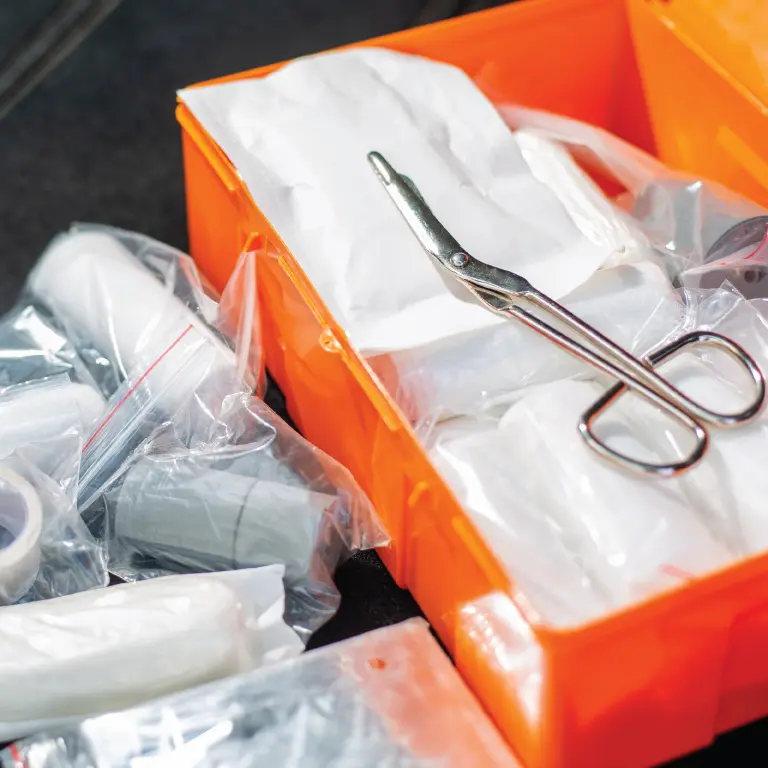
Events
Mobile Hydraulics Stage Two
May 27 at 9:00 AM- 5:00 PM
Member price – £1,450 + VAT
Non-member price – £1,495 + VAT
Duration – 4 Days
This course will focus on installation, commissioning, testing and fault diagnosis whilst also covering a range of equipment found on mobile plant together with their associated of control systems.
Designed for those involved in the maintenance, management, and servicing of all types of mobile plant associated with: construction, agriculture, mechanical handling. highway maintenance and many more.
Entry Requirements
- Stage 1 Hydraulics or equivalent. If you feel that your experience takes you beyond
- Stage 1 Hydraulics, you could consider completing our self-assessment questionnaire
Course Aims
- To take your overall knowledge and skills to the next level to enable you to better manage and maintain complex mobile hydraulic systems with a range of controls
- Ensure that you know the causes of failure in hydraulic systems and apply the necessary preventative measures and know the procedures to follow to carryout effective fault diagnosis
Course Objectives
Knowledge Based
On completion of this course candidates will know:
- The embedded principles associated with the operation of mobile plant.
- The relationship between prime mover power and performance associated with hydraulic power transmission
- The general layout of a closed hydrostatic transmission system
- The principles of hydrostatic steering systems
- The auxiliary pumps and associated controls in use.
- The types of multi-function mobile valves and control features
- The principle of load holding and motion control
- The types of auxiliary flow control devices in common use
- The basic principles of machine braking and cooling systems.
- The procedures to follow to carry out effective fault diagnosis
- The importance of contamination control
- Have a greater insight to health and safety
Skills Based
During the practical section of this course candidates will engage in and apply the following skills:
- Build hydraulic circuits by interpreting a hydraulic circuit drawing.
- Set pressure control valves for relief, sequence, reducing and counterbalance functions.
- Connect the electrical interface to the hydraulic controls using manual switches and pressure switches.
- Apply hydraulic and electrical sequencing techniques
- Apply load holding techniques.
- Apply steering techniques
- Use fault finding techniques applying FCR to real circuits



